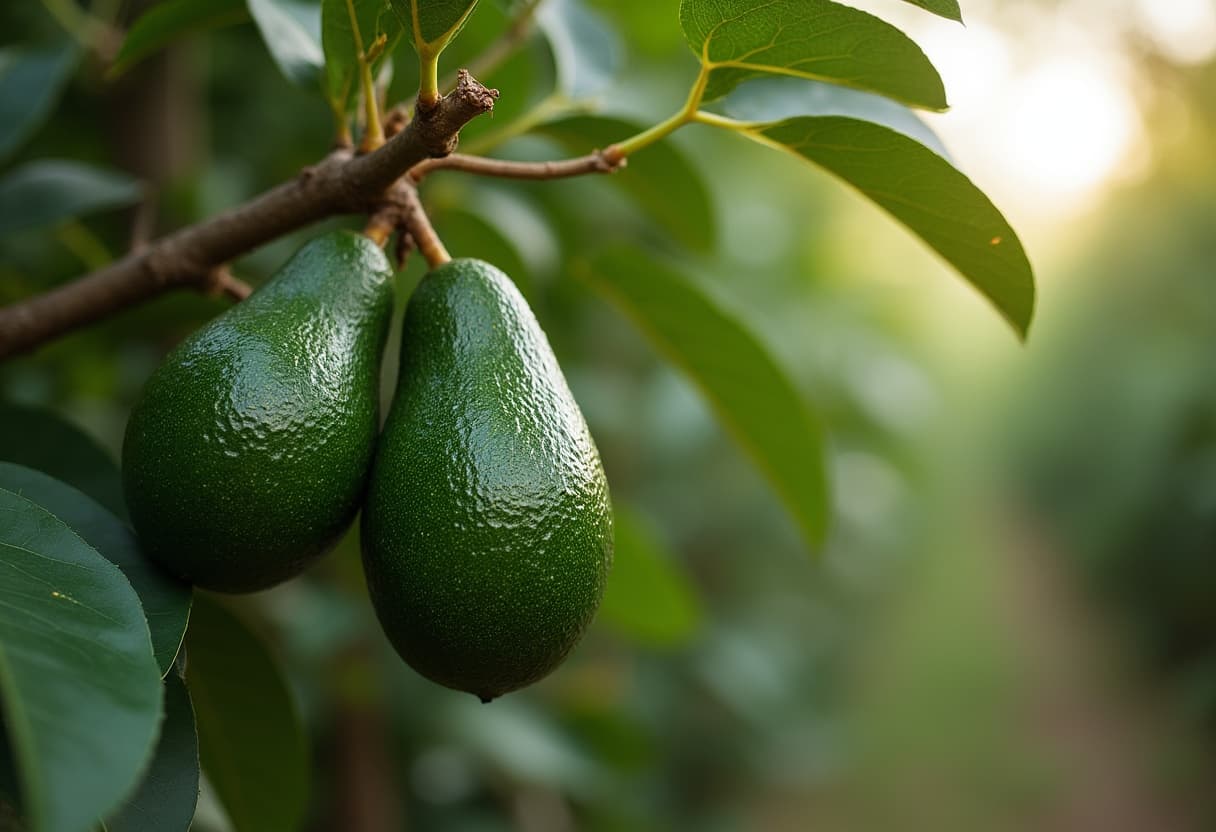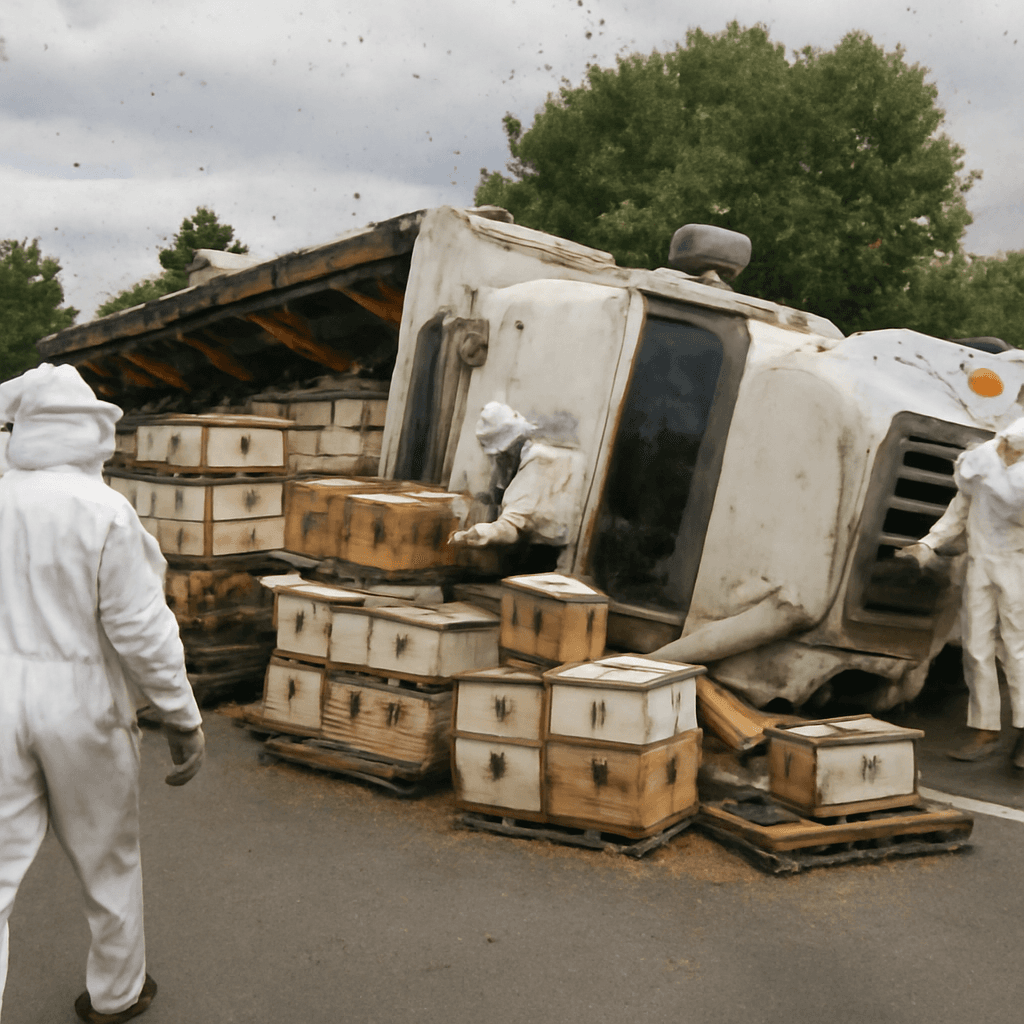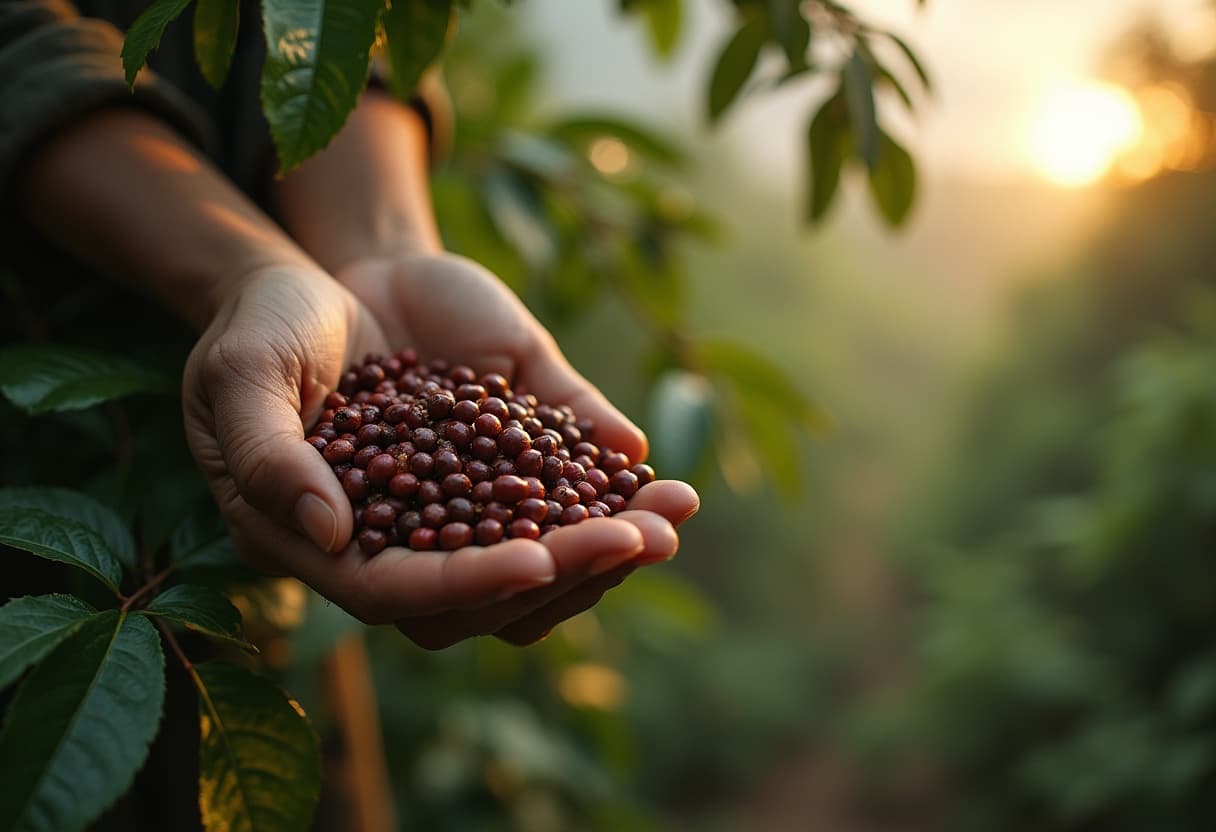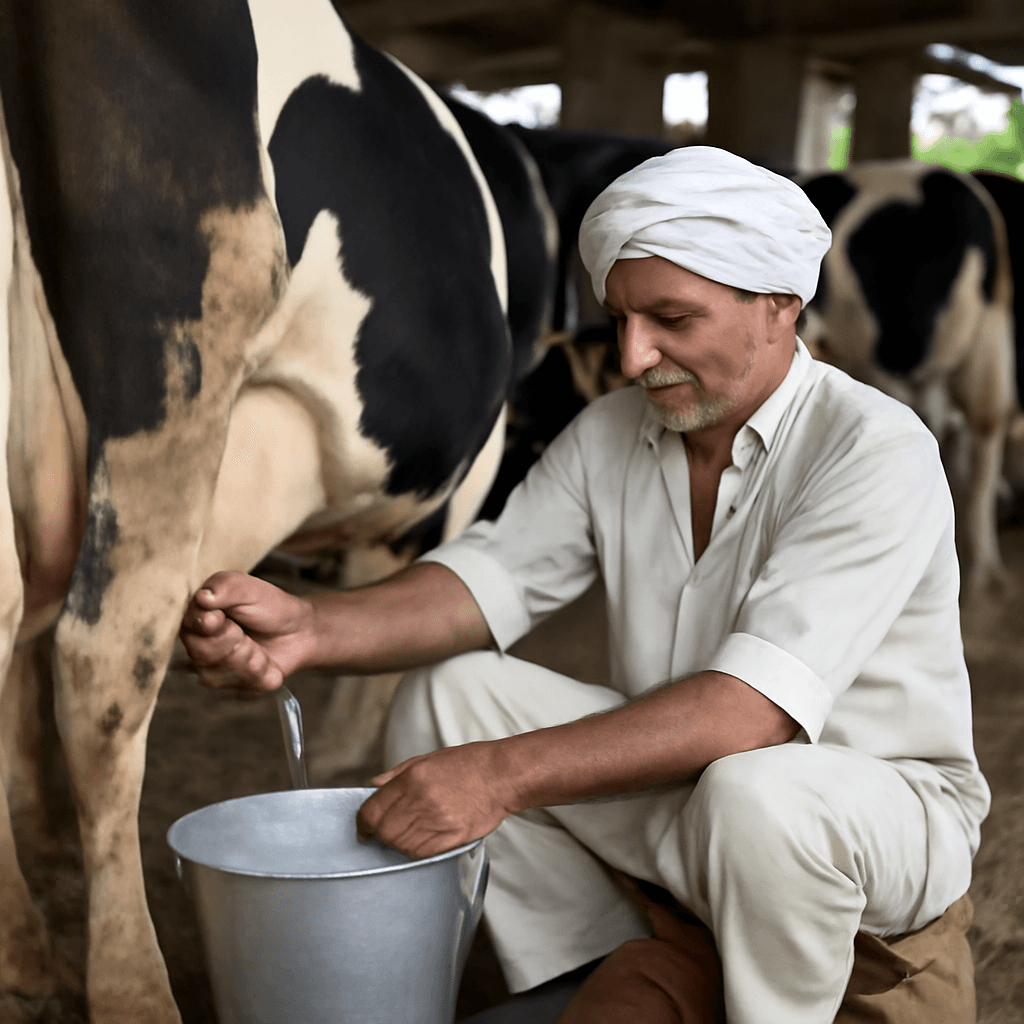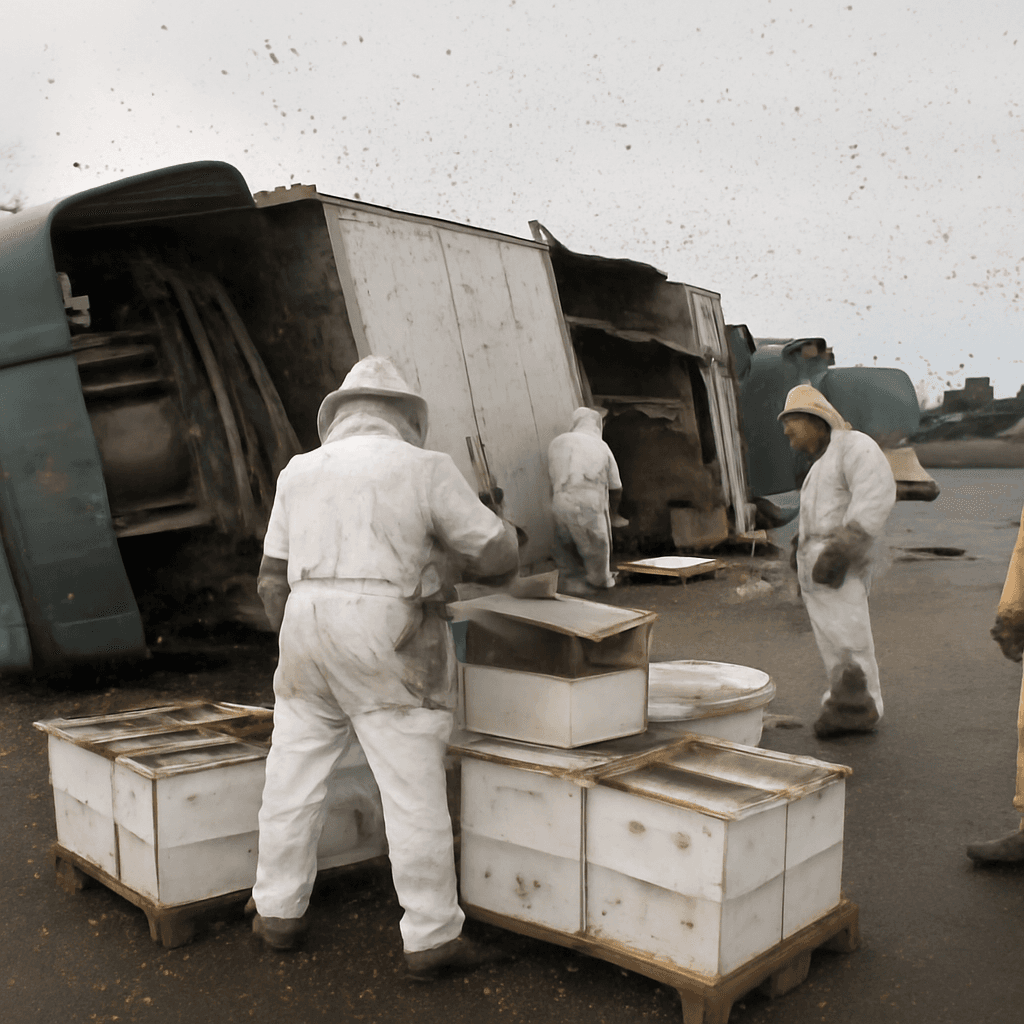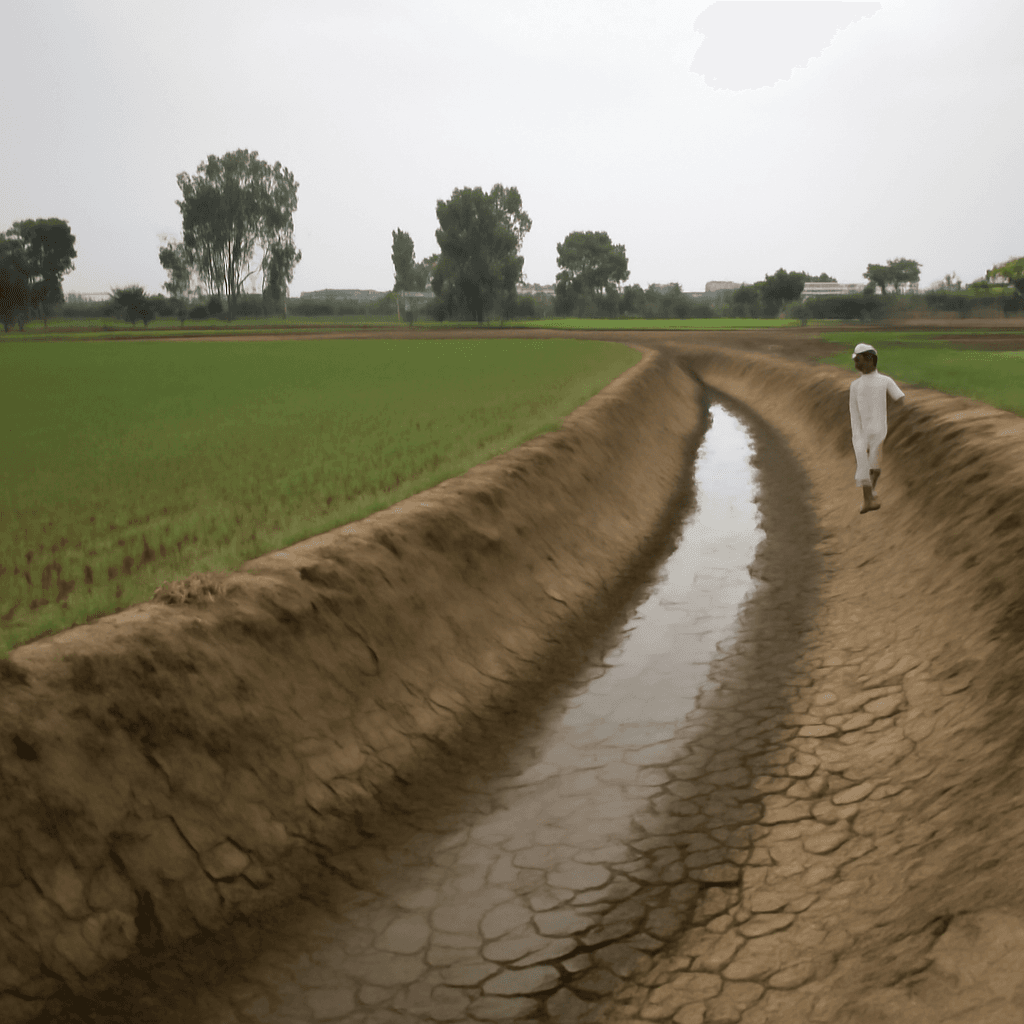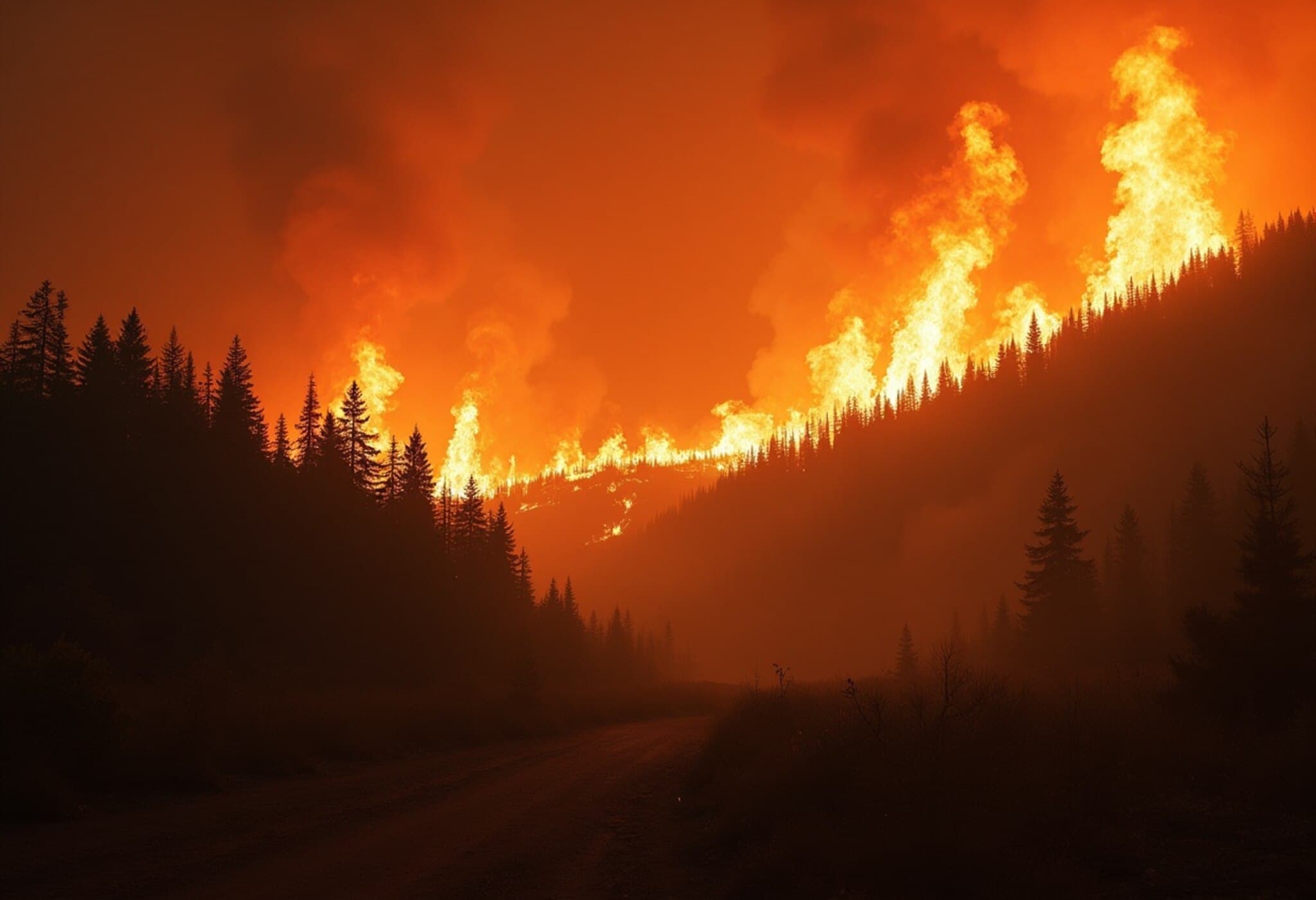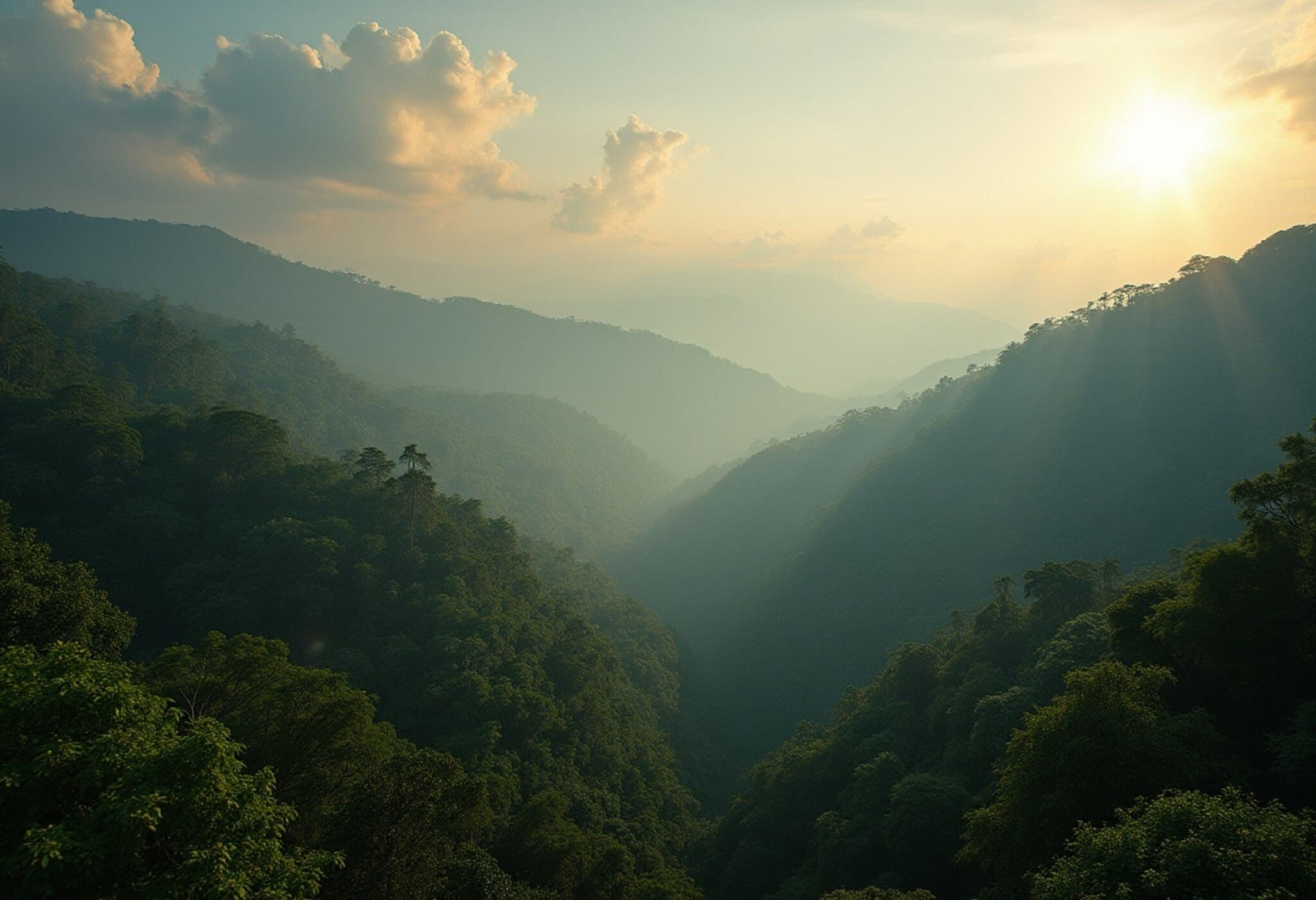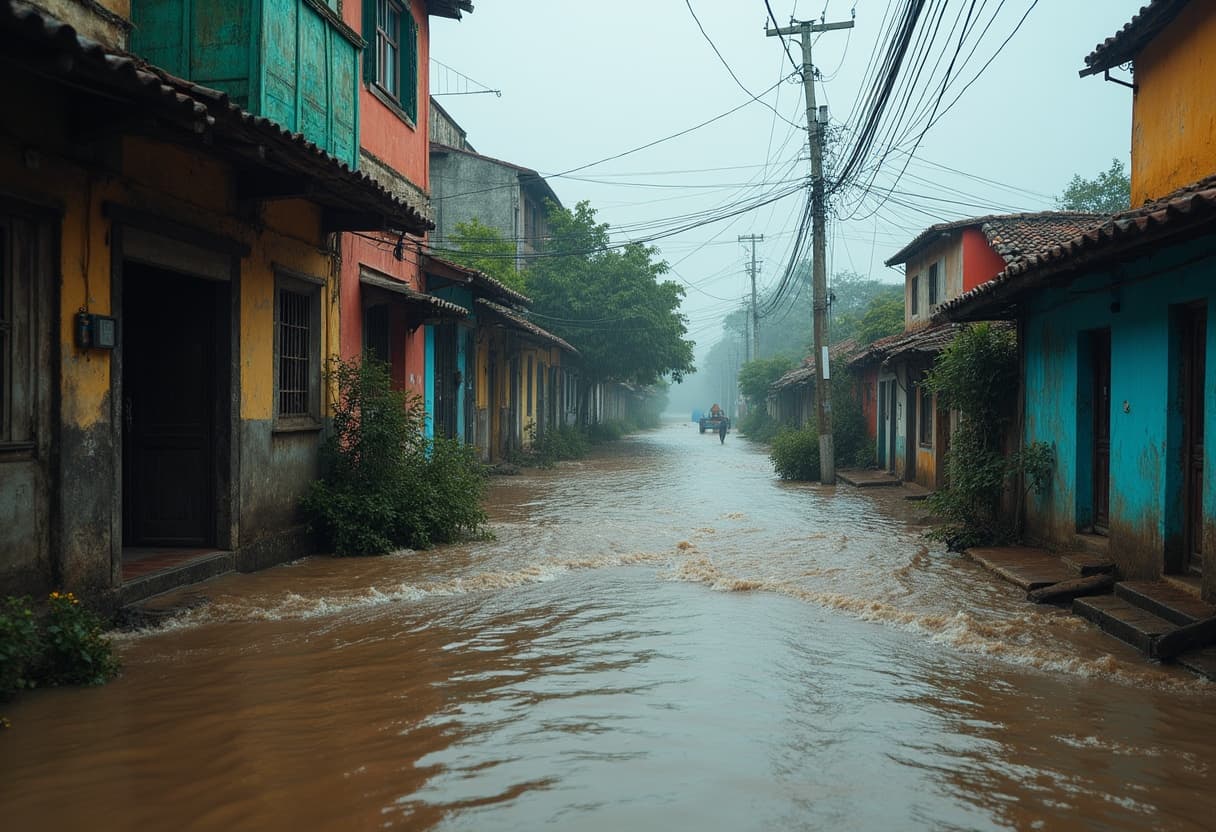Satellite Imagery: A New Hope Against Mexico’s Avocado-Driven Deforestation
In the heart of Mexico's Michoacán state—the epicenter of global avocado production—a groundbreaking approach is gaining momentum in the battle to protect the region's rapidly disappearing forests. For decades, the soaring global appetite for avocados has fueled widespread, often illegal, deforestation, leaving environmentalists and local communities caught in a complex web of economic hope and ecological peril.
Juan Gabriel Pedraza, an Indigenous leader rooted in Michoacán’s avocado belt, recalls his initial skepticism when news spread about a satellite-based monitoring program designed to curb illegal orchard expansion. "I feared they were going to betray us," he admits. The avocado boom had lifted over a thousand families out of poverty, making the prospect of any restrictions deeply alarming.
The High Price of Green Gold
Avocados, often dubbed "green gold," have transformed Michoacán’s landscape—both economically and ecologically. The region now supplies most of the world’s avocados, yet this success story has a dark underside. Forests, once dense and biodiverse, have been sacrificed, often through illegal land-clearing methods involving criminal syndicates, corrupt officials, and landowners willing to profit at the environment’s expense.
Illegal deforestation has become entrenched, with rampant burning of forested areas to establish new avocado orchards. Despite local resistance and sporadic government crackdowns, these practices have continued unchecked for years, threatening biodiversity hotspots and Indigenous territories alike.
Leveraging Satellite Surveillance to Enforce Accountability
Enter a novel strategy utilizing satellite imagery to detect and publicly report newly cleared patches of forest. This technology allows federal agencies and watchdog organizations to identify illegal deforestation almost in real time, transforming the way forest governance can be enforced. By making deforestation visible on a grand scale, the program increases transparency and escalates pressure on avocado growers to comply with environmental standards.
Crucially, some of the largest U.S. avocado importers are now backing this initiative, recognizing their role and responsibility in sourcing sustainably. The message to growers is clear:
- Stop expanding into recently cleared forests to keep their products eligible for major U.S. market buyers.
- Risk losing access to lucrative export markets if they continue to engage in illegal deforestation.
This approach aims to shift market dynamics by leveraging consumer demand and corporate responsibility to incentivize better agricultural practices, rather than relying solely on local enforcement in a context complicated by corruption and violence.
Balancing Economic Survival and Environmental Protection
For many in Michoacán, avocados are not just a crop—they are a lifeline. Any enforcement effort must therefore be sensitive to the socio-economic realities of smallholder farmers and Indigenous communities who depend on avocado cultivation for their survival.
Experts warn that without viable alternatives or assistance programs to transition toward sustainable practices, pressure to curb illegal deforestation could inadvertently deepen poverty and fuel social tensions. This underscores the need for integrated solutions combining satellite-enabled monitoring with community-led forestry stewardship, fair market access, and government support.
Broader Implications and Future Challenges
Mexico’s battle against avocado-driven deforestation illustrates a broader global dilemma: How to meet rising food demand without sacrificing critical natural ecosystems. It also raises pressing questions for American policymakers and consumers about the environmental footprint embedded in their food choices.
Could satellite technology paired with consumer activism usher in a new era of accountability for agricultural supply chains? The Michoacán pilot may serve as a blueprint, but success requires sustained commitment, transparency, and inclusive policies balancing economic development with ecological preservation.
Editor’s Note
This story reveals the powerful intersection of technology, environment, and economics in one of Mexico’s most contested landscapes. While satellite imagery offers unprecedented oversight, it cannot substitute for ground-level participation and robust policy frameworks that empower local communities. As consumers, businesses, and governments grapple with balancing demand for beloved foods like avocados against the urgent need to conserve forests, the Michoacán experience invites us to rethink sustainability in deeply interconnected ways. Will satellite surveillance be the tool that finally protects these vital ecosystems, or will it remain a high-tech witness to continued destruction? Only time will tell.

